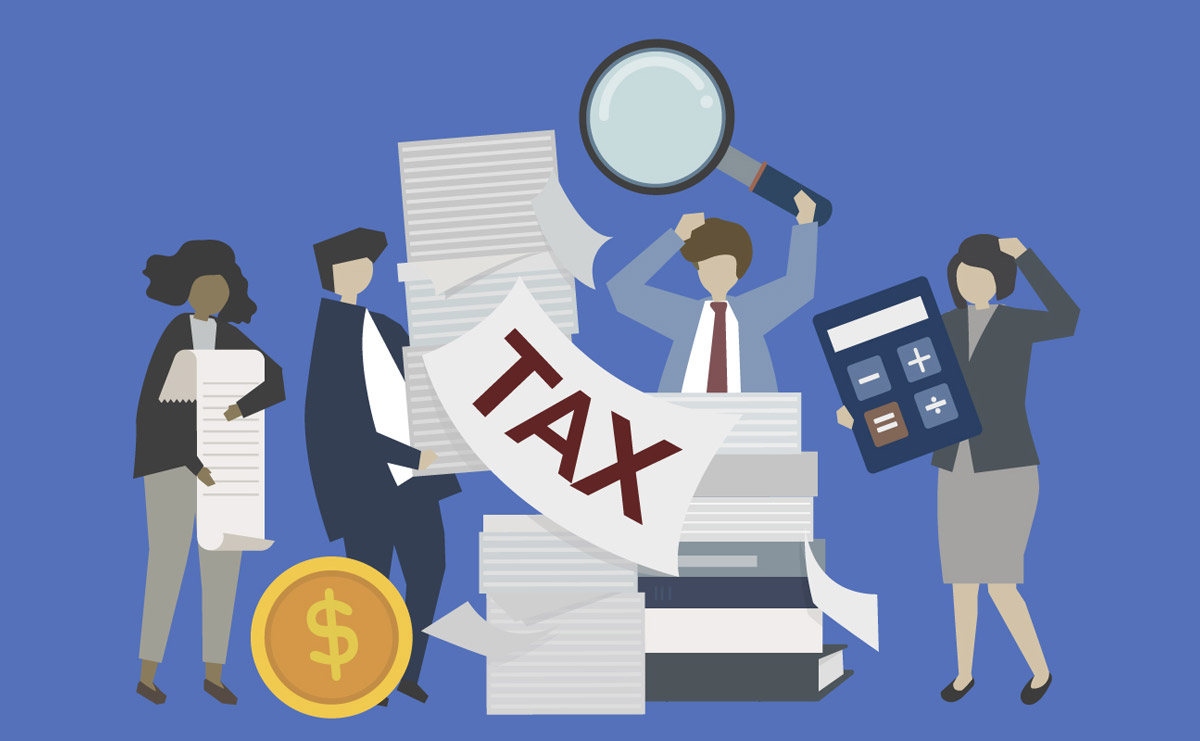Washington DC Courts | Legal Forms – Form 4b
Form 4b – Consent Settlement Agreement L&T – Washington DC
This form, titled “Consent Settlement Agreement L&T Form 4b,” is a legal document used in the Superior Court of the District of Columbia, Civil Division, Landlord and Tenant Branch. The form outlines the settlement agreement between a landlord (plaintiff) and a tenant (defendant) to resolve disputes related to tenancy. This form is used to formalize and document the agreement between a landlord and a tenant, ensuring that both parties understand their obligations and the consequences of non-compliance.
This guide provides step-by-step instructions for completing this form used in the Superior Court of the District of Columbia, Civil Division, Landlord and Tenant Branch.
Step 1: Basic Information
- Date
- Fill in the day, month, and year the agreement is being signed.
- Case Number
- Enter the case number assigned by the court.
Step 2: Parties Information
- Landlord (Plaintiff)
- Write the full name of the landlord or the landlord’s representative.
- Tenant (Defendant)
-
- Write the full name of the tenant or the tenant’s representative.
Step 3: Landlord’s Obligations
- Repairs
- In Section I, ensure that all required repairs are listed in Addendum A with specific completion dates.
Step 4: Rent Details
- Total Sum Owed
- In Section II, fill in the total amount the tenant owes up to the end of the month when the agreement is being signed.
- Payment Schedule
- Specify the payment amounts and due dates:
- Example: $____ on or before [date].
- Specify the payment amounts and due dates:
- Future Rent Payments
- List the amounts and due dates for future rent payments.
Step 5: Payment Method
- Select Payment Method
- In Section III, check the appropriate box to indicate the chosen method of payment:
- Payment into the court registry.
- Payment directly to the landlord.
- If paying directly to the landlord, ensure that receipts will be provided for each payment.
Step 6: Remedies
- Non-compliance
- In Section IV, understand the remedies available if either party fails to fulfill the agreement.
- Note that the landlord can file a Motion for Judgment for possession if the tenant fails to pay.
- The tenant can file a Motion to Compel repairs if the landlord fails to make the agreed-upon repairs.
Step 7: Additional Provisions
- Other Provisions
- Any additional terms or conditions agreed upon by both parties should be included in this section.
Step 8: Hearing Information
- Pending Hearings
- In Section V, indicate whether all pending hearings are vacated or if a status hearing is scheduled.
- If a status hearing is scheduled, provide the date and time.
Step 9: Notice for Payments
- Payment Instructions
- Understand the acceptable methods and forms of payment to the court registry:
- Cash, money order, cashier’s check, certified check, or attorney’s escrow account check.
- Personal checks up to $5,000, with amounts over $5,000 requiring certified funds.
- Non-cash payments can be made by mailing, using the drop box, or electronically through the court’s portal.
Step 10: Signatures
- Tenant and Landlord Signatures
- Both the tenant and landlord or their respective attorneys, must sign the form.
- Include addresses, telephone numbers, email addresses, and bar numbers (for attorneys).
Final Review
- Review and Confirm
- Both parties should read the entire agreement and ensure all sections are accurately completed.
- By signing, parties acknowledge their understanding and receipt of the agreement.
Contact Information
- Superior Court of the District of Columbia, Civil Division, Landlord and Tenant Branch:
- Address: Bldg. B, 510 4th St., N.W., Room 110, Washington, D.C. 20001
- Telephone: (202) 879-4879
By following these steps, you can ensure that this form is completed correctly, helping to formalize the agreement between the landlord and tenant and avoid future disputes.
Disclaimer: This guide is provided for informational purposes only and is not intended as legal advice. You should consult the Residential Tenancies Act or a legal professional.




